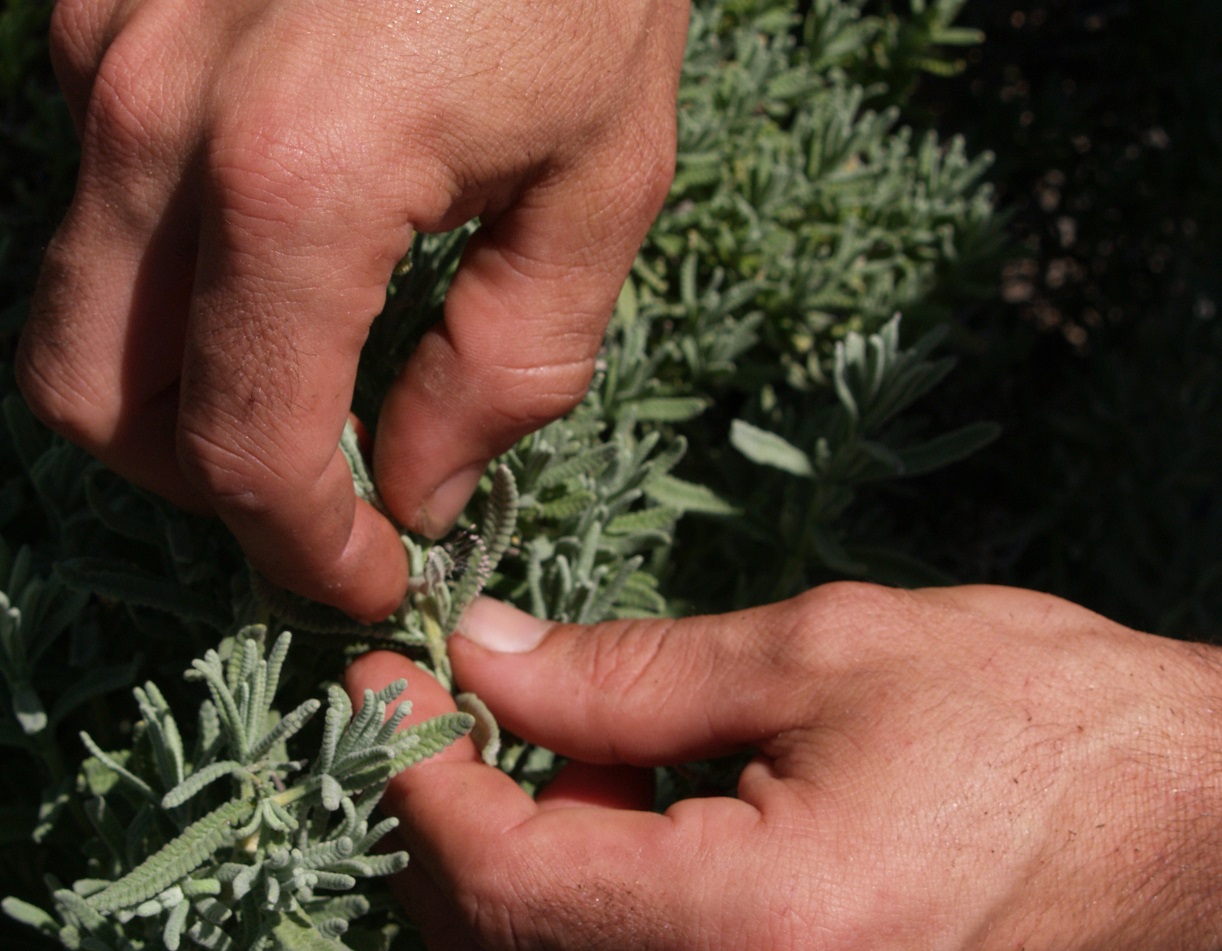Learn about Plant Taxonomy
Learn how to systematically describe, name, classify and identify plants.
This comprehensive 100-hour course provides a solid foundation in plant taxonomy.
Learn how to:
- Name and classify plants
- Describe plant parts
- Identify plants
- Record and analyse plant descriptions
- Utilise taxonomic techniques
- Recognise important plant families